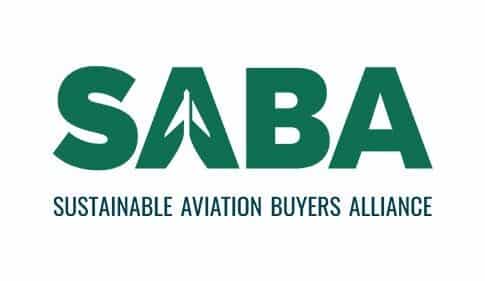Billionaire Tom Steyer to Invest in Net Zero Buildings
Galvanize Climate Solutions, an investment arm of a company owned by billionaire Tom Steyer, plans to buy apartments and buildings across the U.S. and upgrade them to be net zero in three years.
The philanthropist and climate activist’s plan will start this summer, with the goal to reduce the portfolio’s carbon emissions and bring it to net zero by improving energy efficiency.
A New Model for Climate Investing
Joseph Sumberg heads Galvanize Real Estate and is from Goldman Sachs. He commented on the firm’s plan saying:
“This is a real estate strategy with a decarbonization goal… Capitalism will look at this successful strategy, and replicate it, creating ripples through the built environment.”
Sumberg and Galvanize, a company co-founded by two stalwarts of Bay Area finance, Steyer and Katie Hall, will invest billions of dollars into the plan. But they didn’t disclose how much exactly their investment would be.
Sumberg, however, noted that it will be sizable and focus on markets in the Pacific Northwest, Colorado, California, Arizona, and Texas.
Steyer said that their plan of upgrading properties in line with Net Zero is not only good for the planet. It is also a good investment from a financial perspective. He also added that:
“The impact and the returns are linked; it’s not a trade-off. We are trying to create a new model for climate investing.”
Their goal is to employ a strategic asset acquisition and will follow proprietary ways to retrofit buildings. They will also add solar panels as a renewable source of energy for buildings. Doing so allows the investment arm to have a portfolio of energy-efficient buildings that will pay off in the long run.
The team that makes up the investing unit will have incentives and compensation that are linked to the plan’s sustainability targets.
Galvanize seeks to focus on acquiring these real estate properties:
Student Housing
Self-storage
Industrial properties
1 to 3-story, low-density multifamily residential properties with parking
The team will perform significant upgrades to the properties and will install solar panels for reduced energy and carbon footprint.
The investment arm will do that with the help of the company’s in-house tech experts and scientists. The team includes an energy expert and scientist Howard Branz.
Their approach provides a way to invest where investors will enjoy risk-adjusted returns as well as climate benefits, says Sumberg. If both aspects – financial return and environmental impact – are not met, they will stop the deal. In his words, “if we don’t get to net zero in three years, we forfeit those incentives.”
Greening Real Estate and Bringing it to Net Zero
Buildings consume 40% of energy and 70% of electricity produced in the U.S.
They also account for about 40% of annual global greenhouse gas (GHG) emissions and 12% of direct GHG emissions in the U.S.
So, making real estate greener is a must for achieving climate goals. In fact, it has been a huge criterion in making big investment decisions.
There are different terms used to describe buildings that are on a path to Net Zero. According to the World Green Building Council, here’s what a net zero carbon or net zero energy building looks like:
Source: World Green Building Council
Recently, states’ climate programs are putting a limit on how much carbon buildings are allowed to emit. Add to that the growing investors’ interest in ESG investing.
Take for instance the case of BlocPower, a New York-based company backed by Microsoft’s Climate Innovation Fund and Goldman Sachs. The firm secured a $155 million investment to expand green building retrofits. The tech startup has started its energy retrofitting model to 5,000+ apartments and buildings.
Another firm, RENU Communities also has a portfolio of over 2,800 housing units. It’s a subsidiary of Taurus Investment Holdings, which seeks to also green the real estate industry by reviewing properties. They check out designs, energy audits, and existing infrastructure to determine if they need some retrofits.
Galvanize joins these companies looking to green and decarbonize American buildings at scale.
More than 50% of apartments across the country were built before the 1990s. It means they most likely need some upgrades to boost energy efficiency.
From an investor’s point of view, energy-efficient retrofits are a must-have and become one of the real estate valuation criteria.
For Galvanize, it would be a first-mover advantage amid rising property rates and uncertainties. That means the firm would be in a better position to invest in assets that are worth upgrading and hence, avoiding non-performing properties.
Parking companies are also joining the retrofits and the race to net zero within the built environment. Installing chargers for electric vehicles in parking lots is one strategy for greening buildings.
The post Billionaire Tom Steyer to Invest in Net Zero Buildings appeared first on Carbon Credits.



